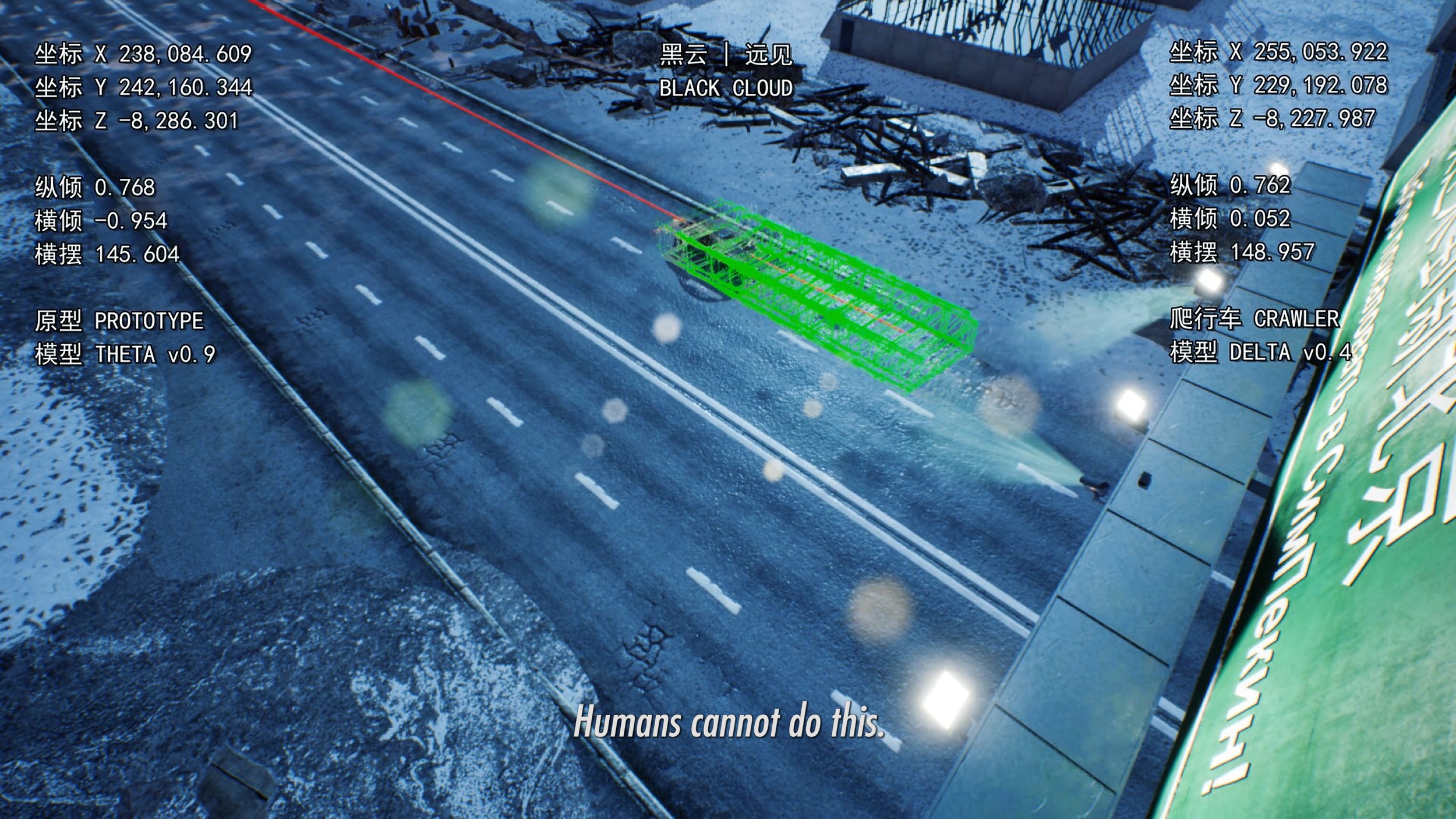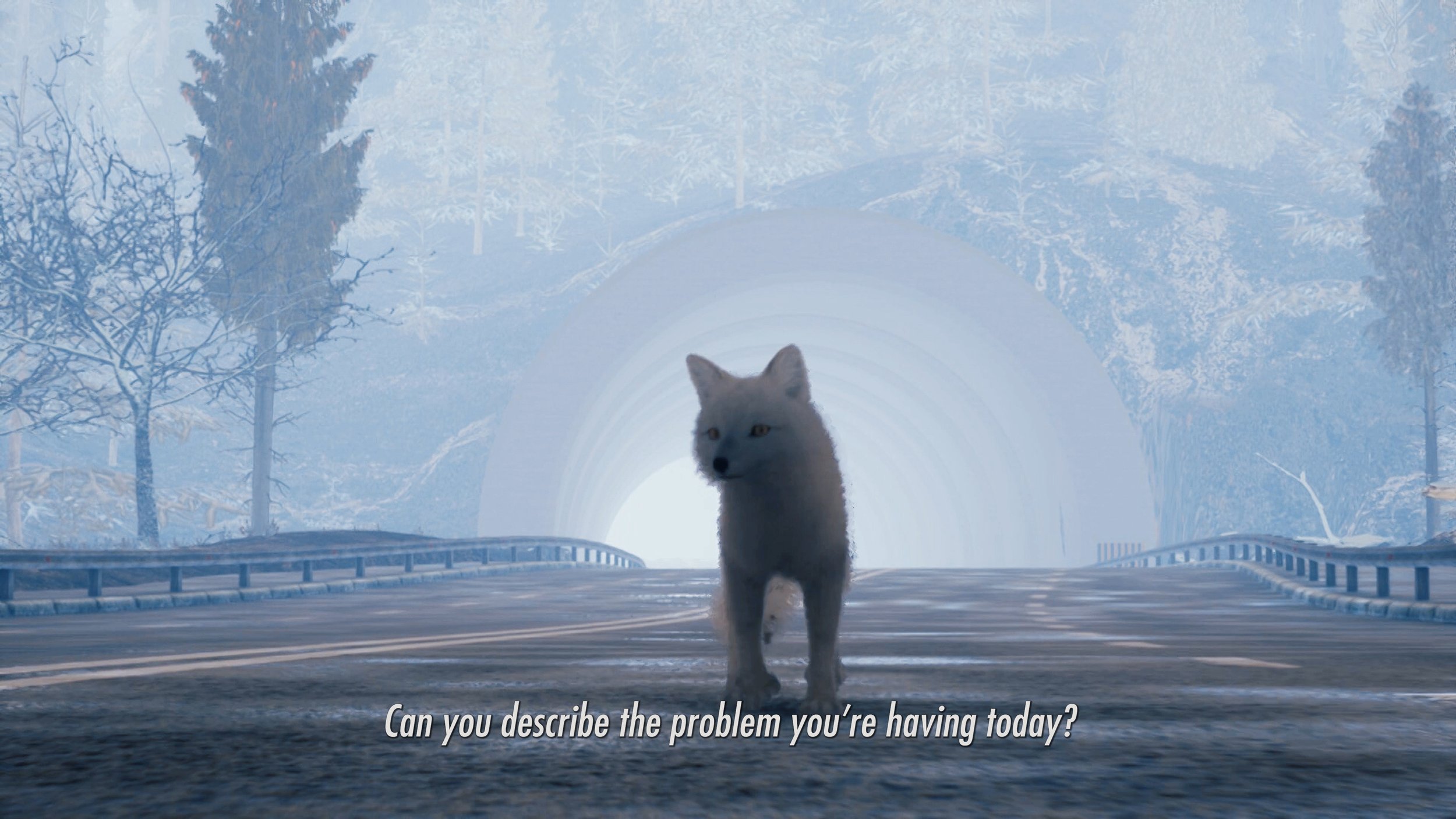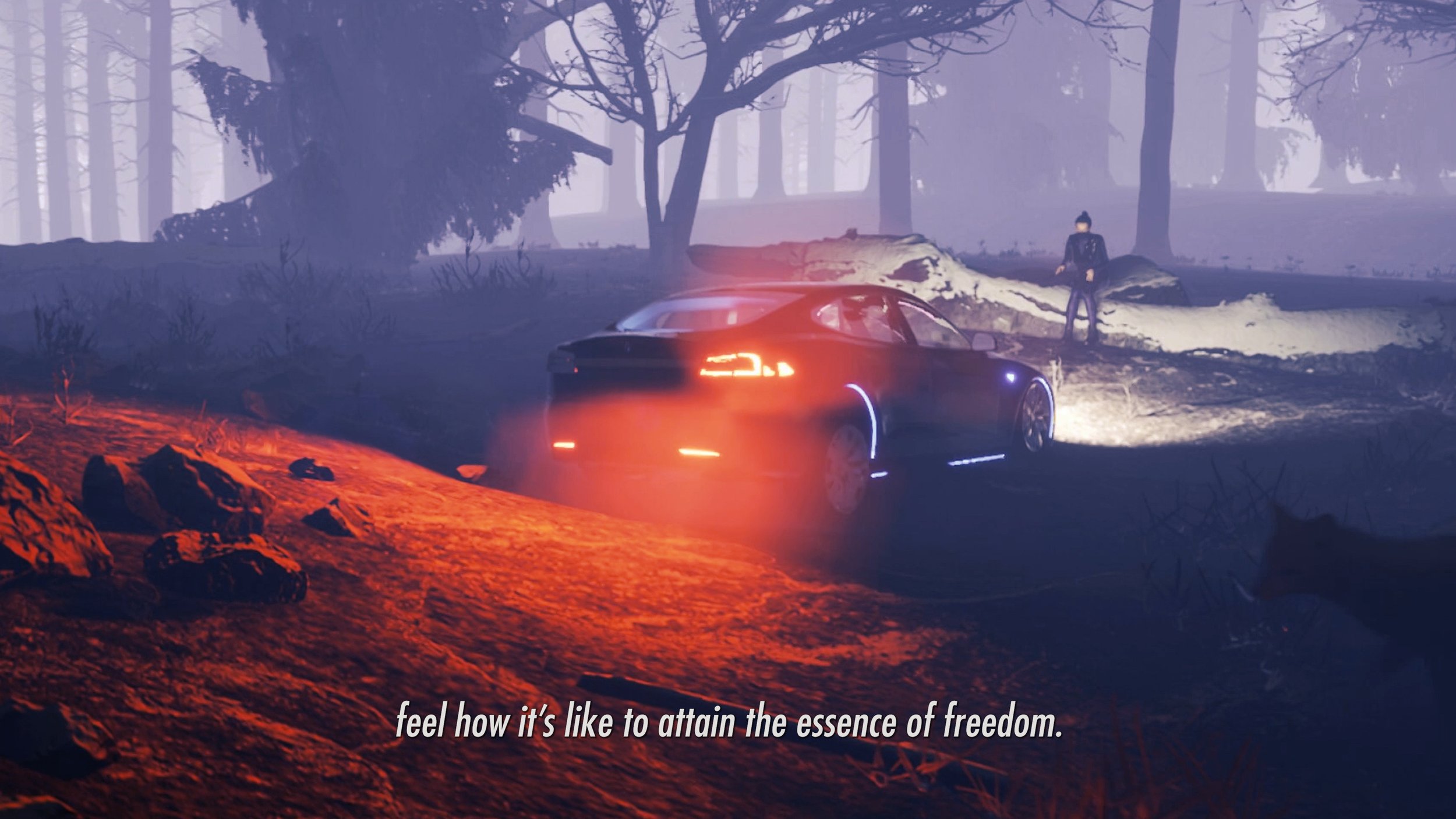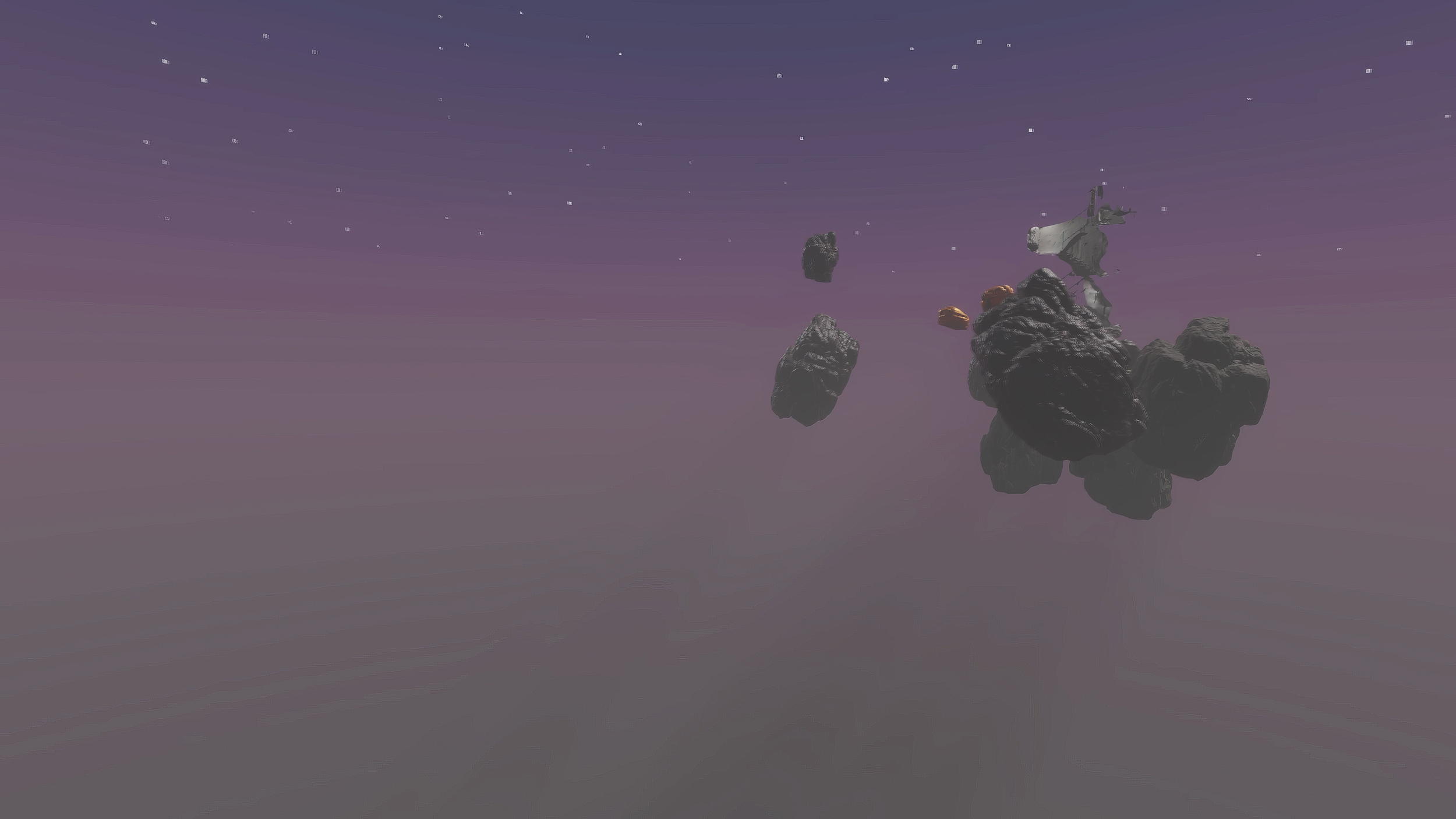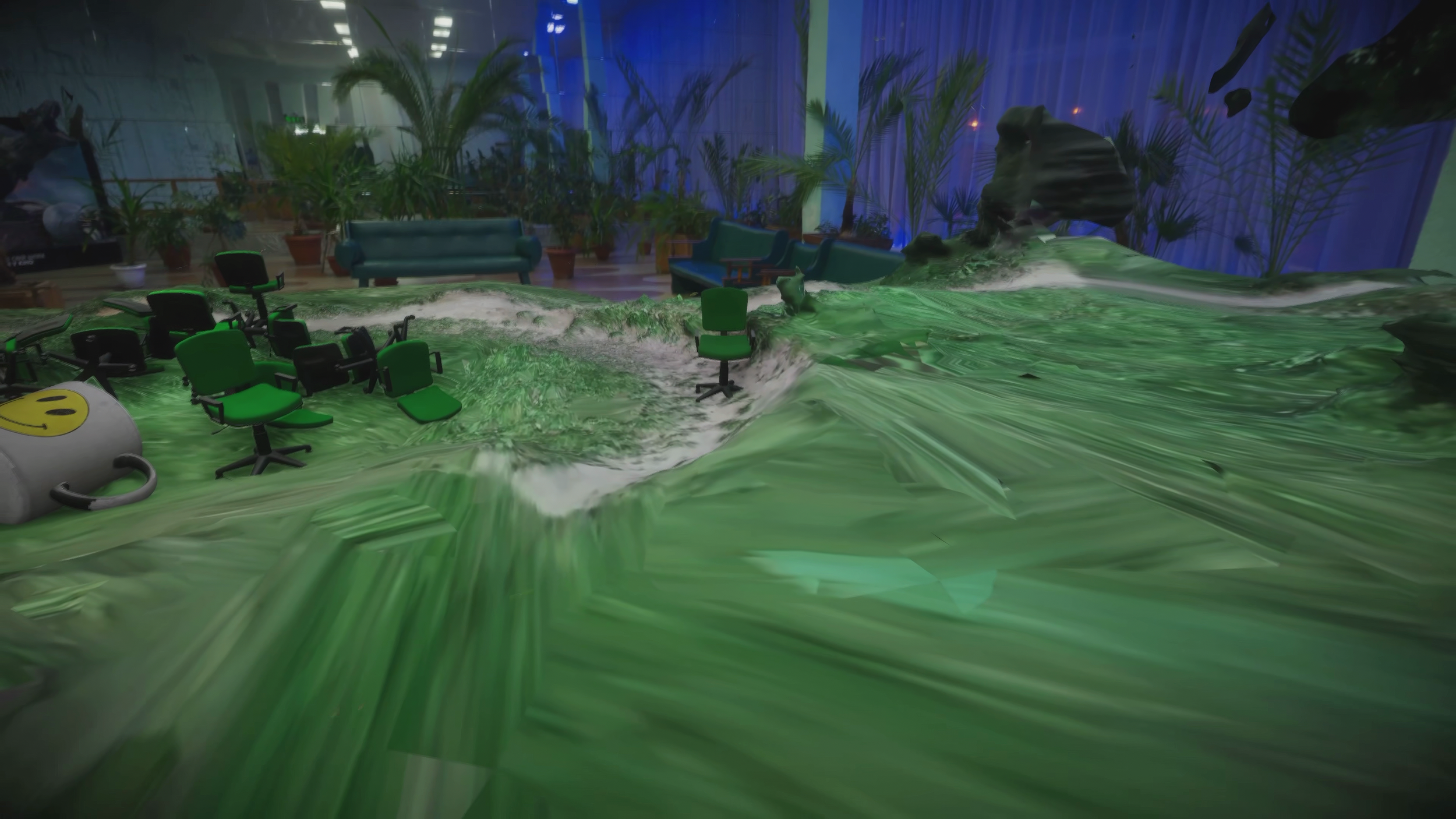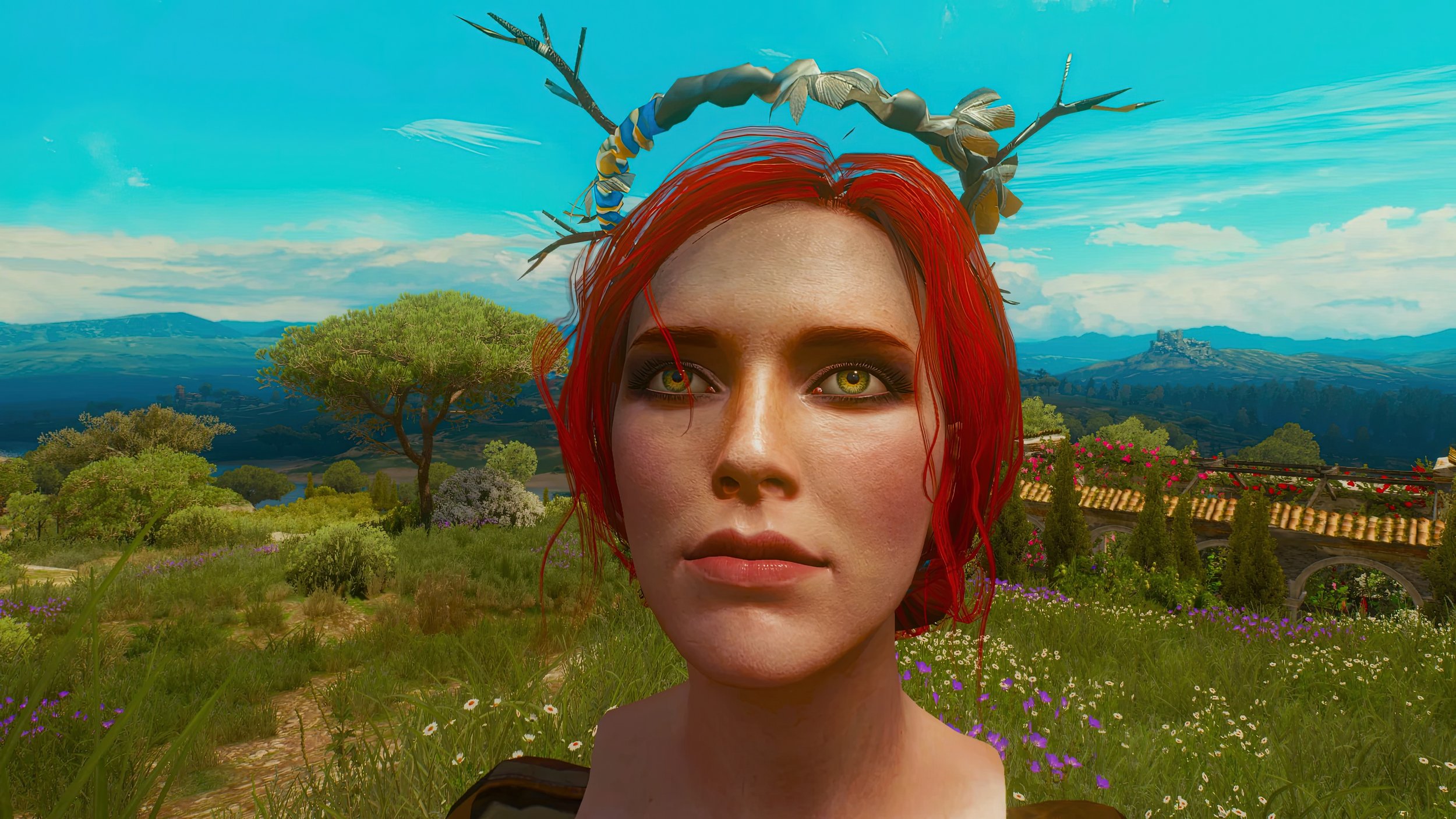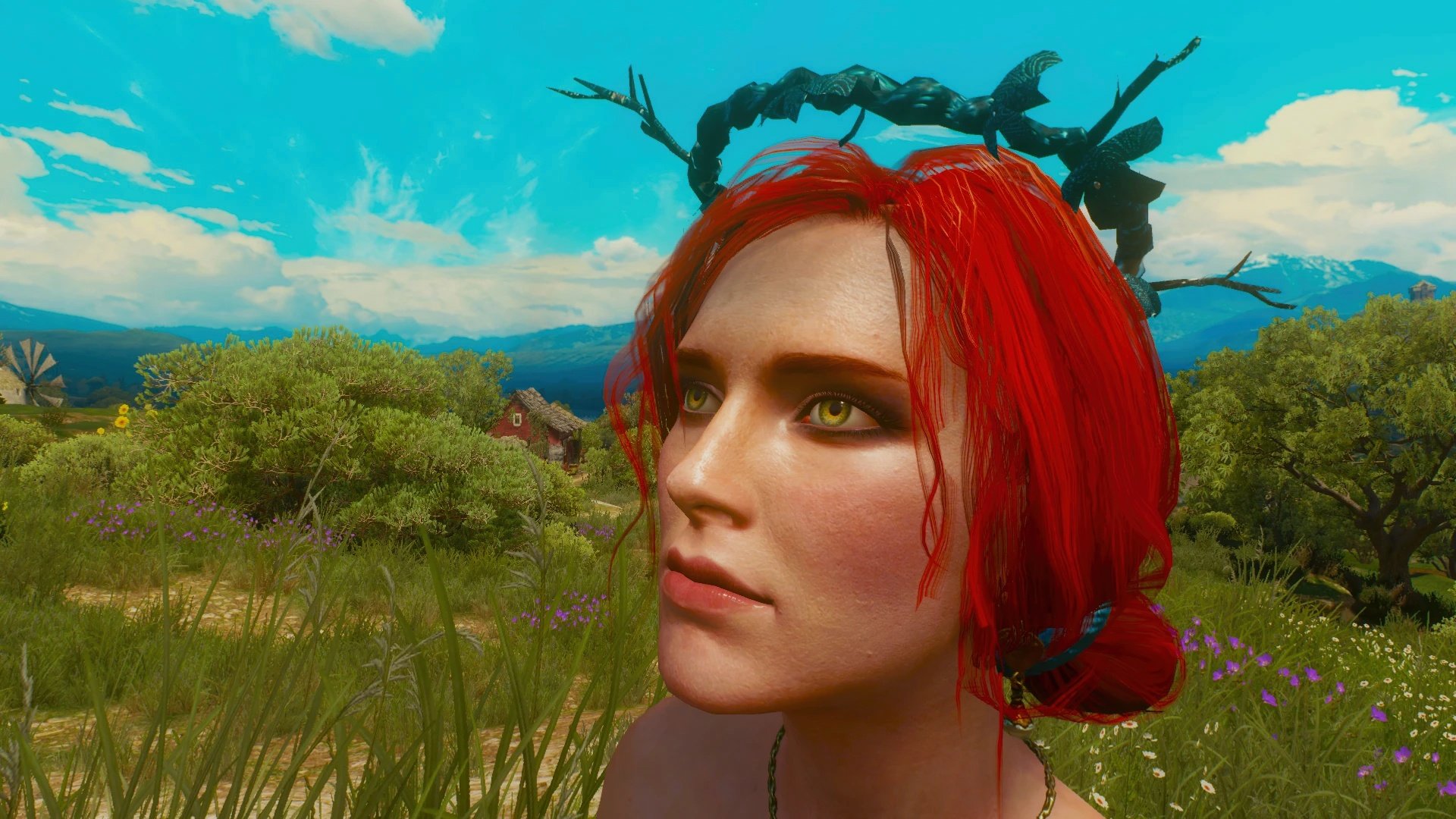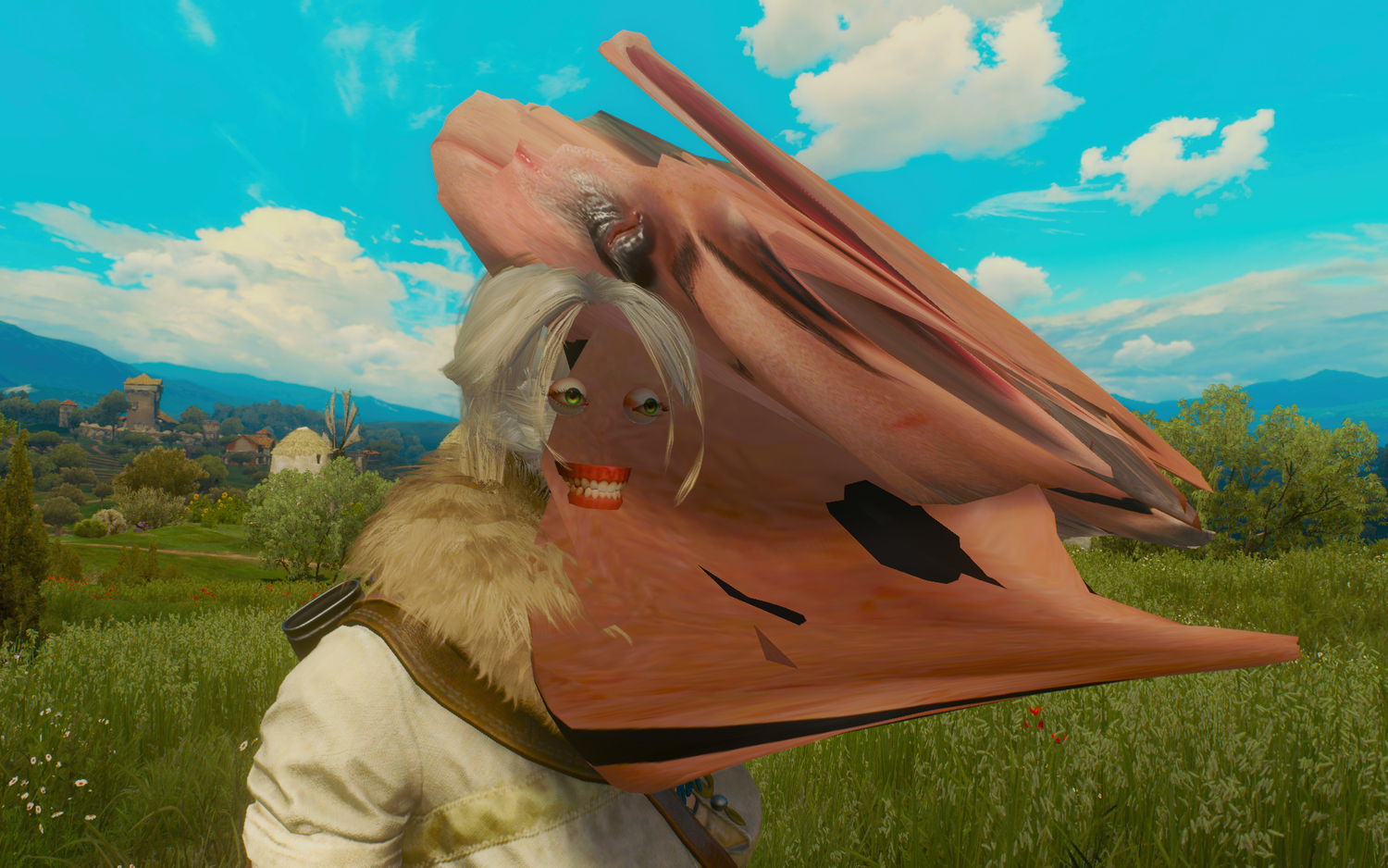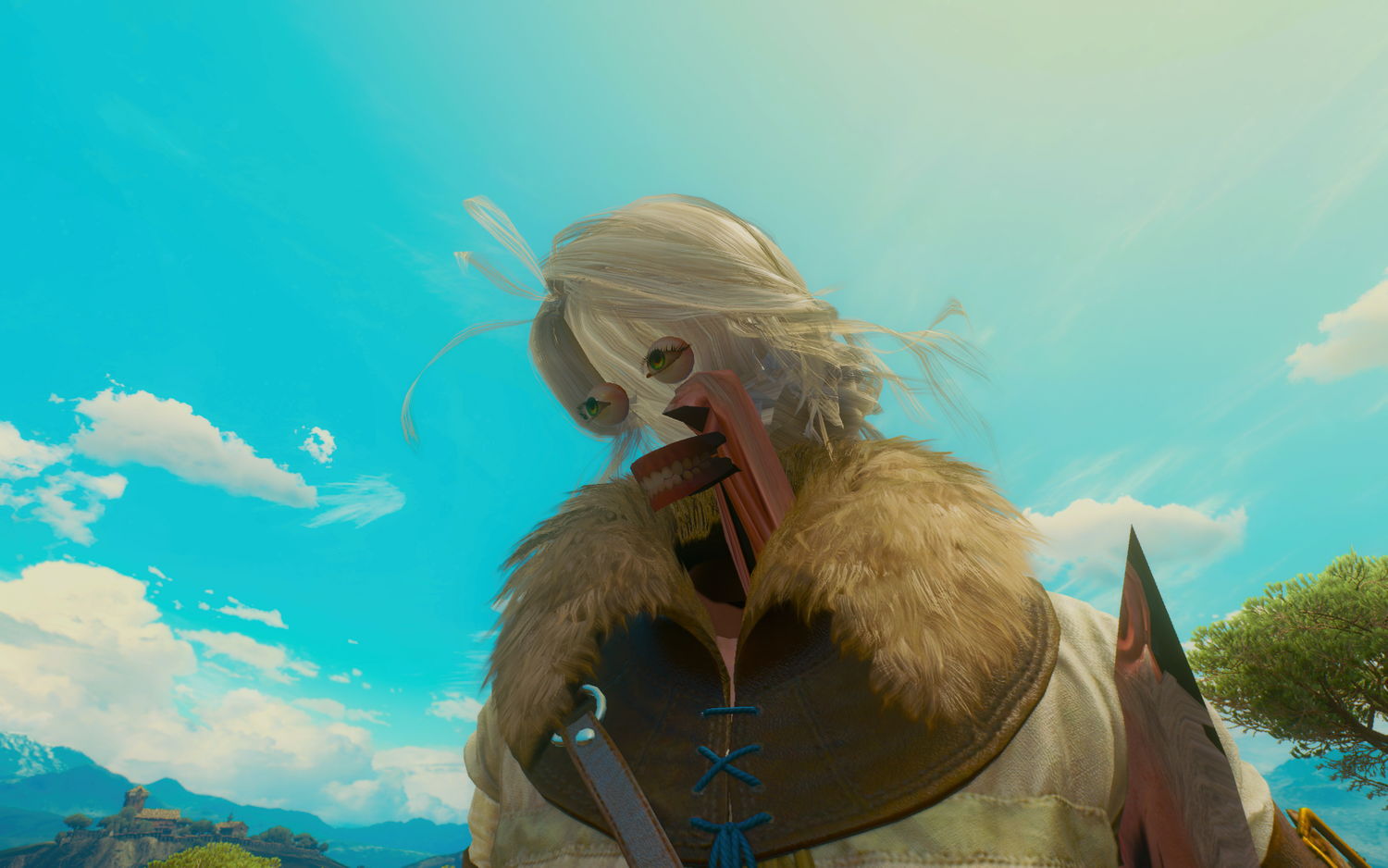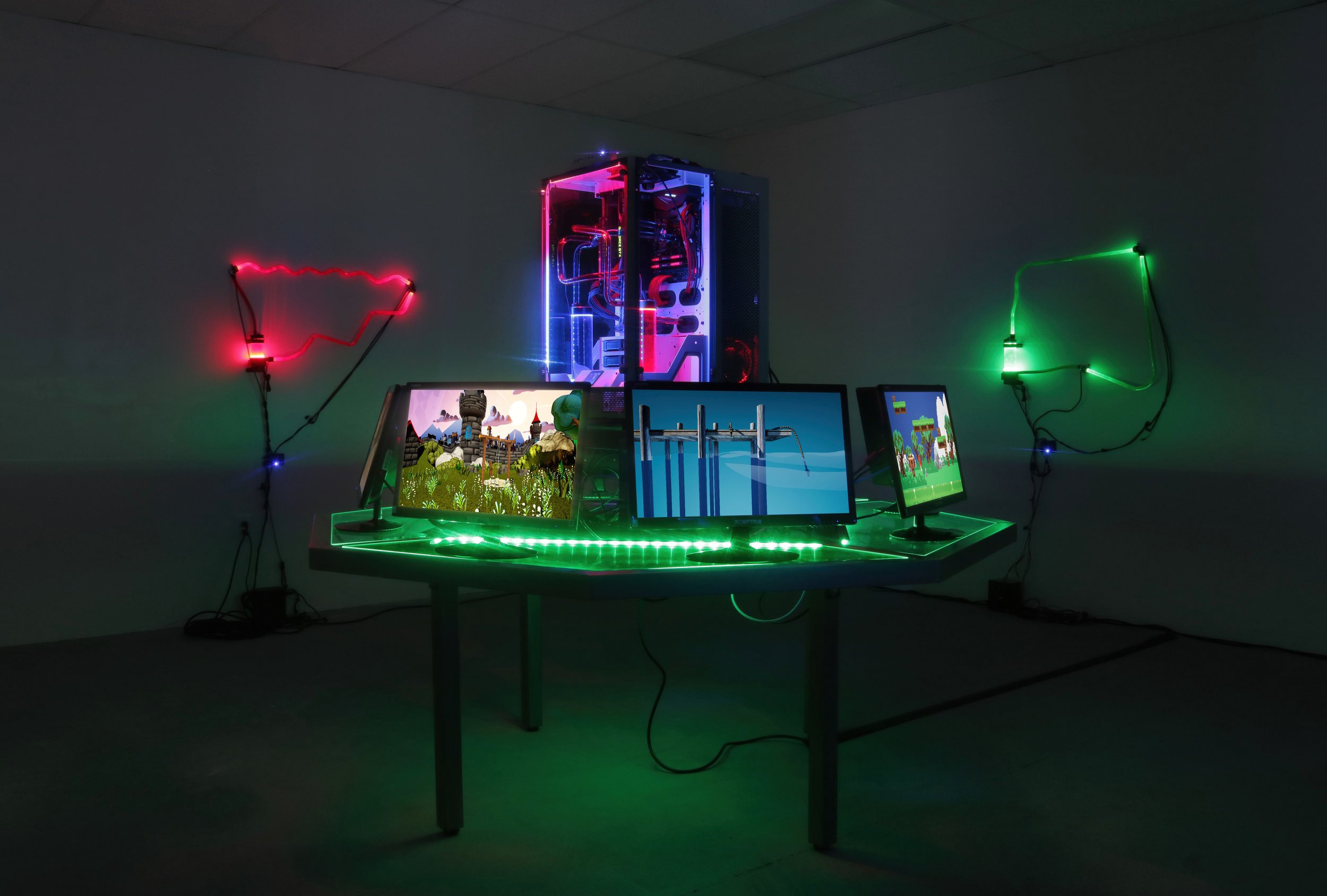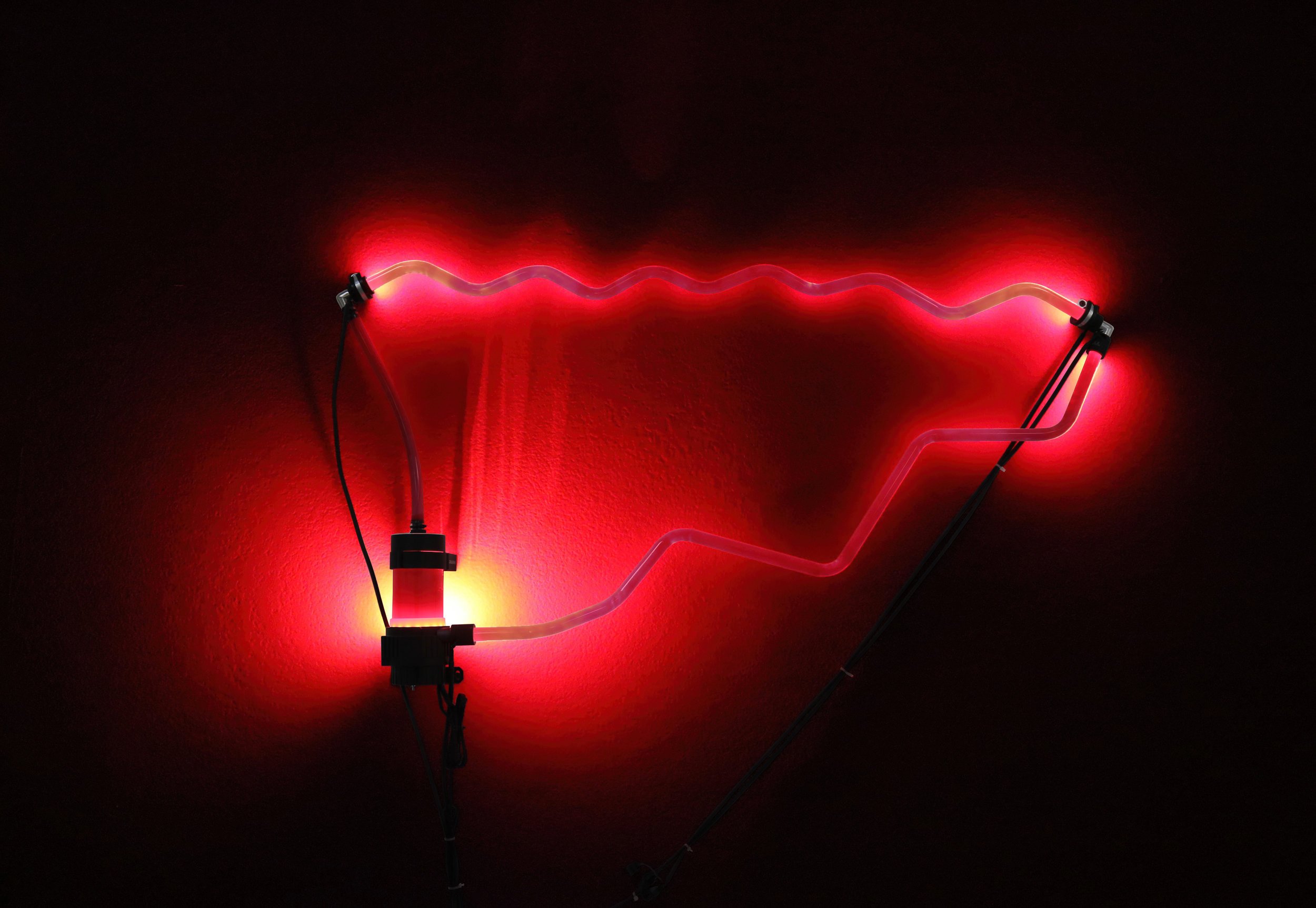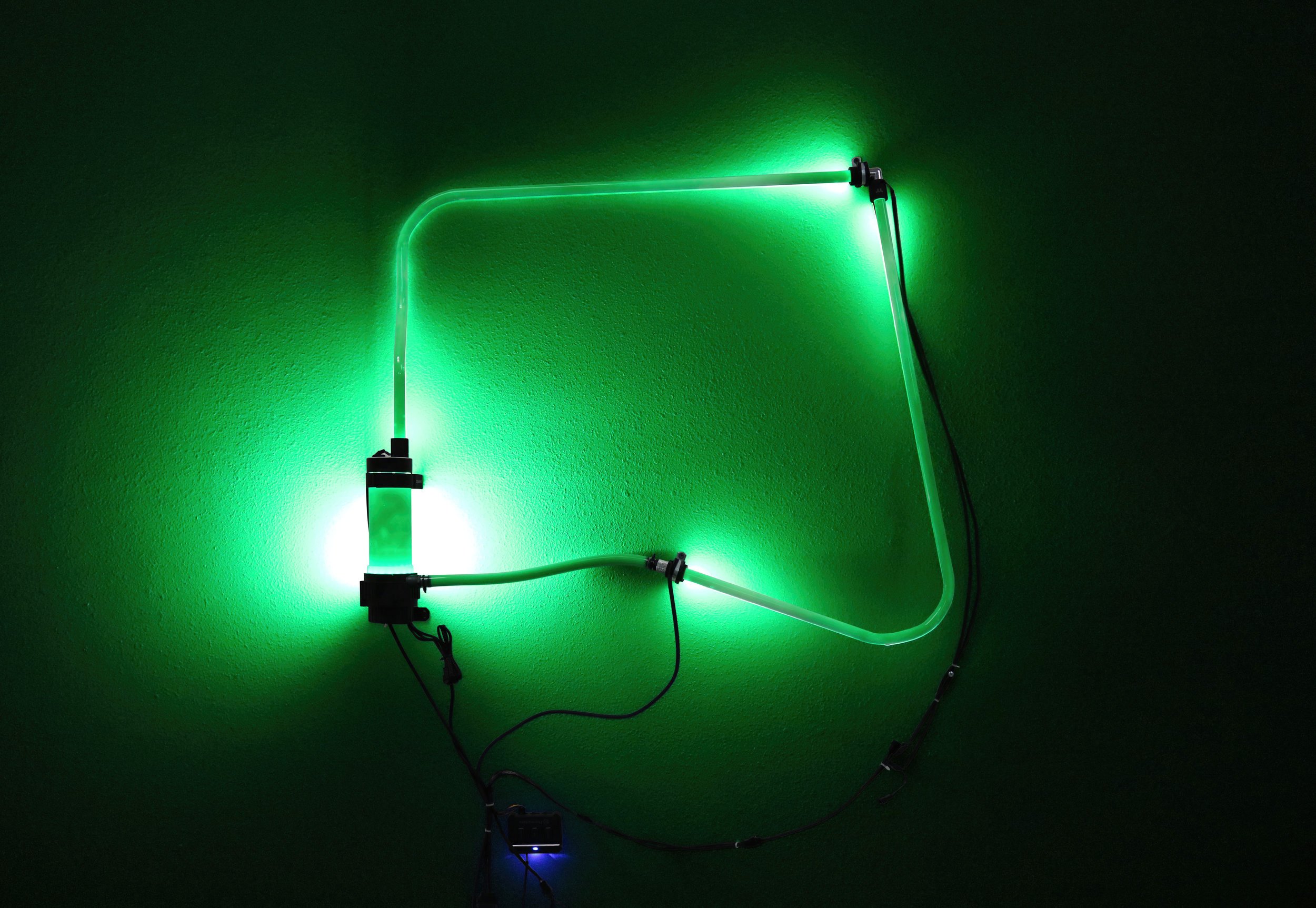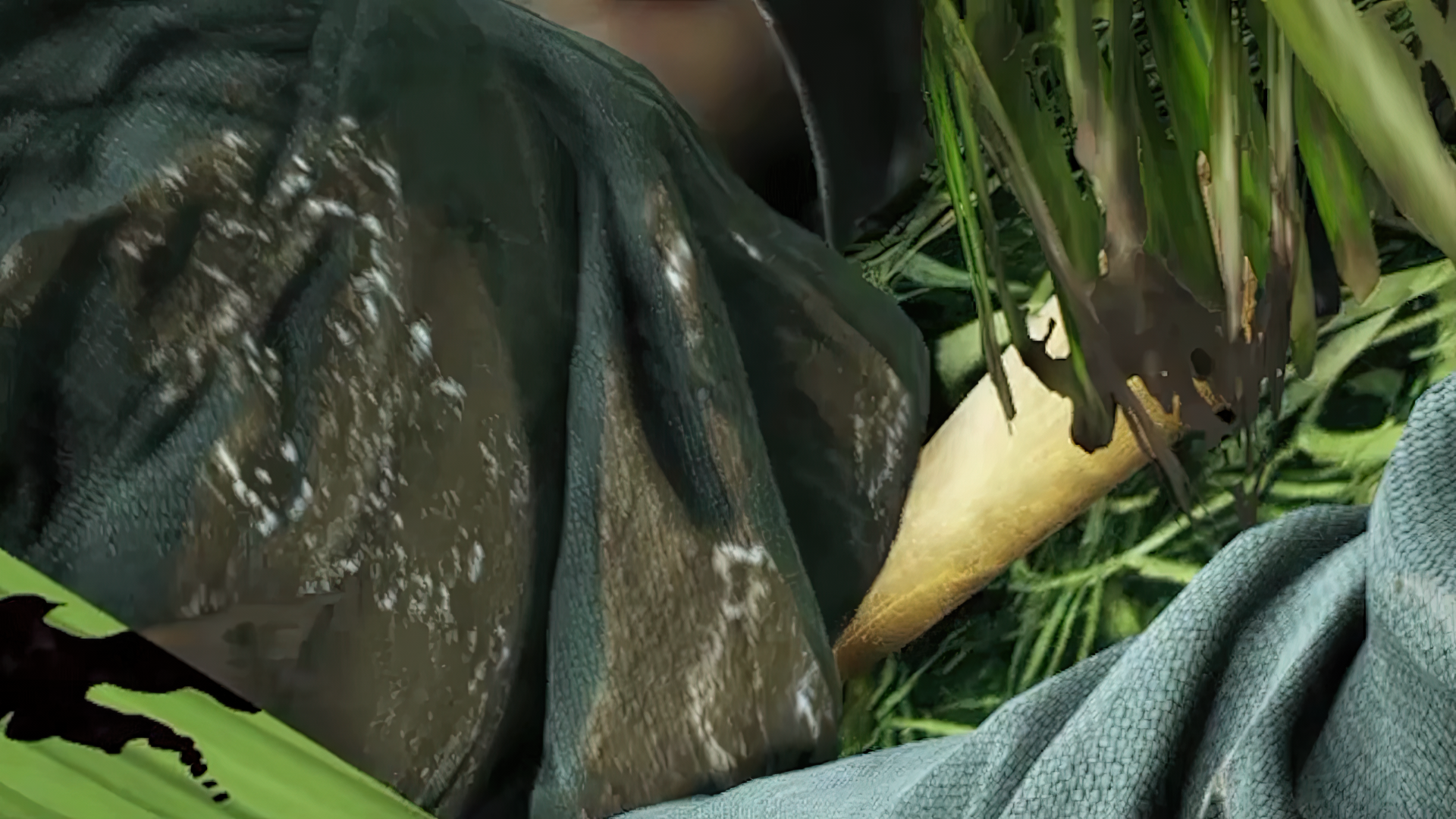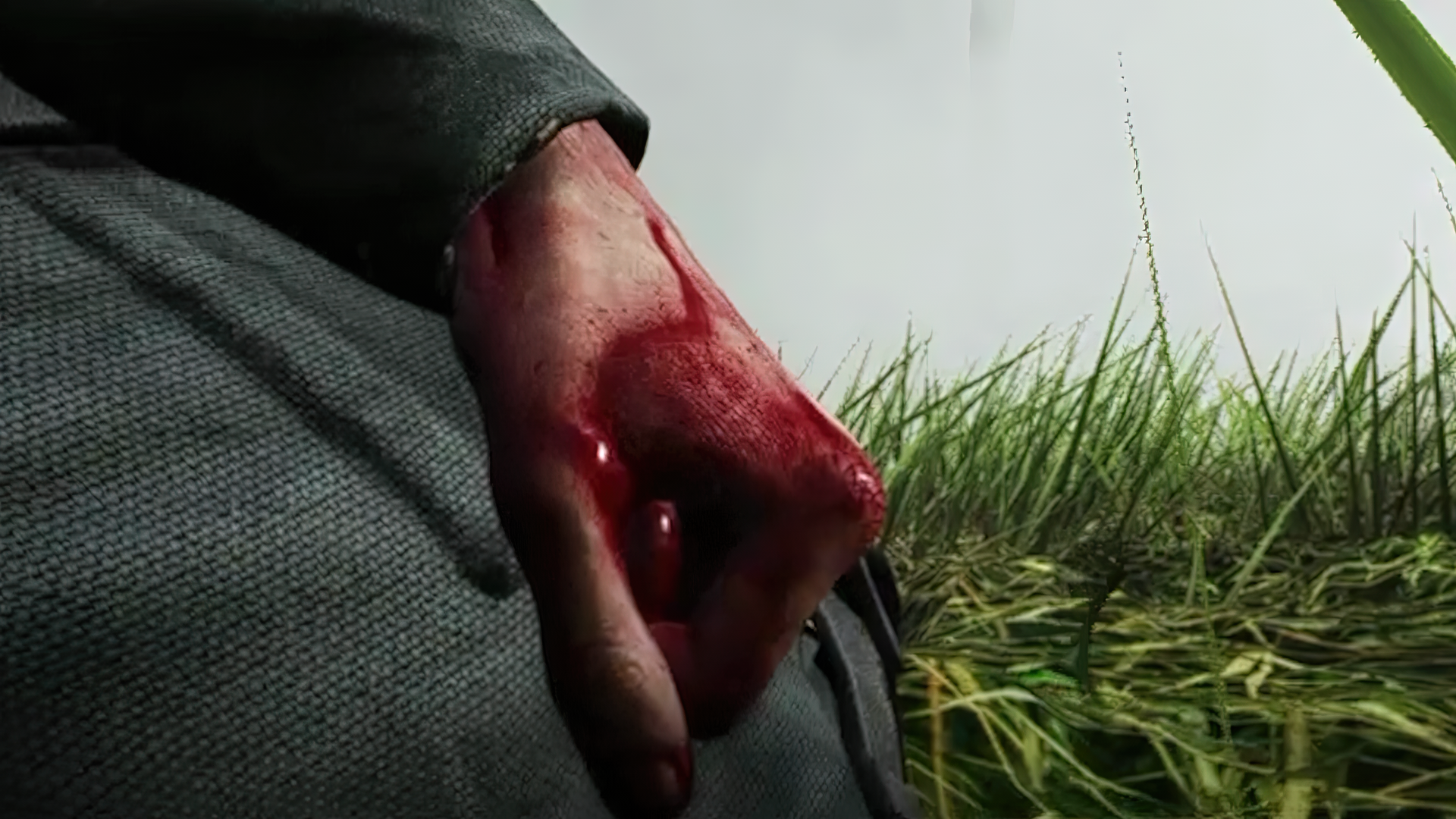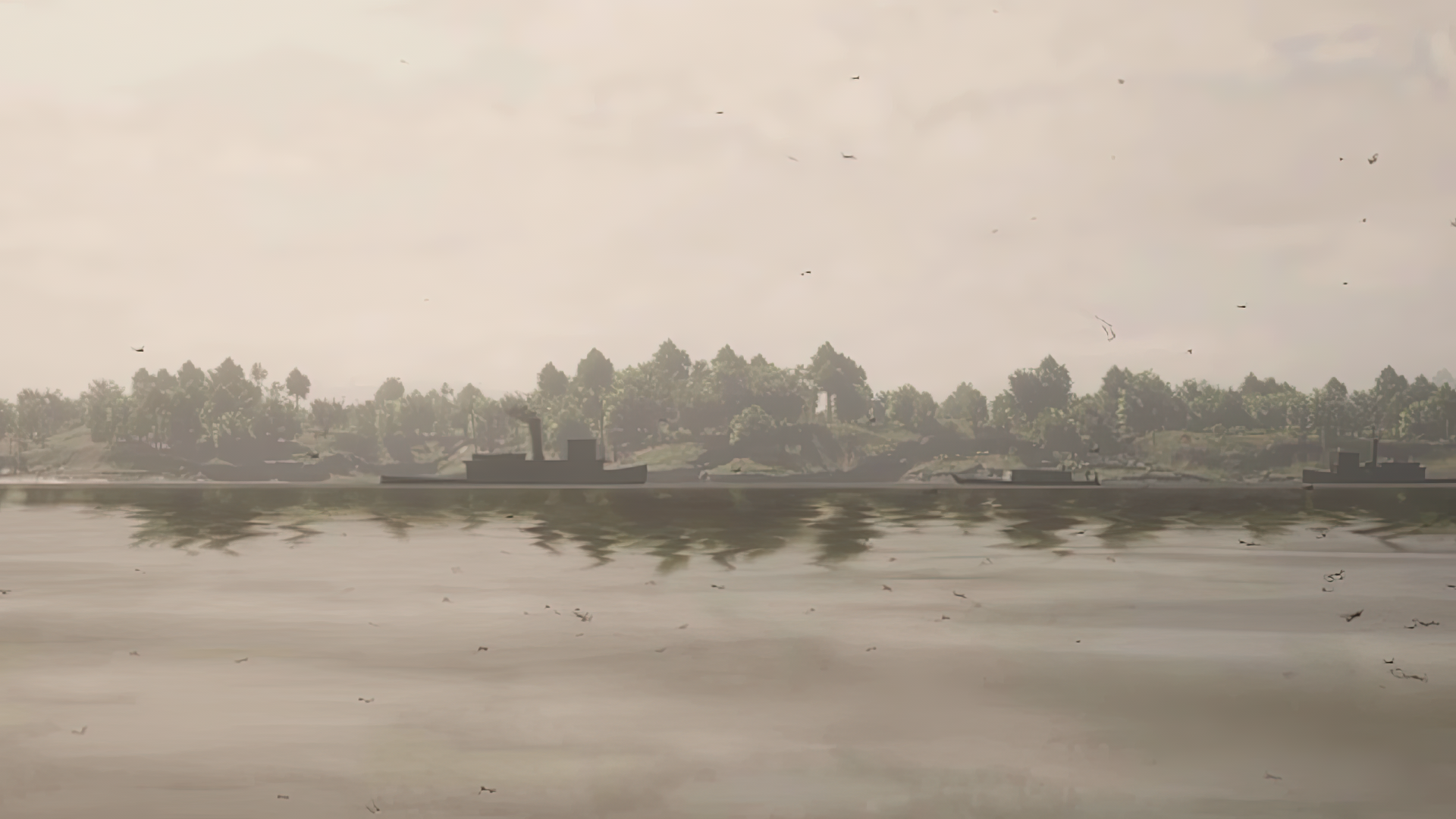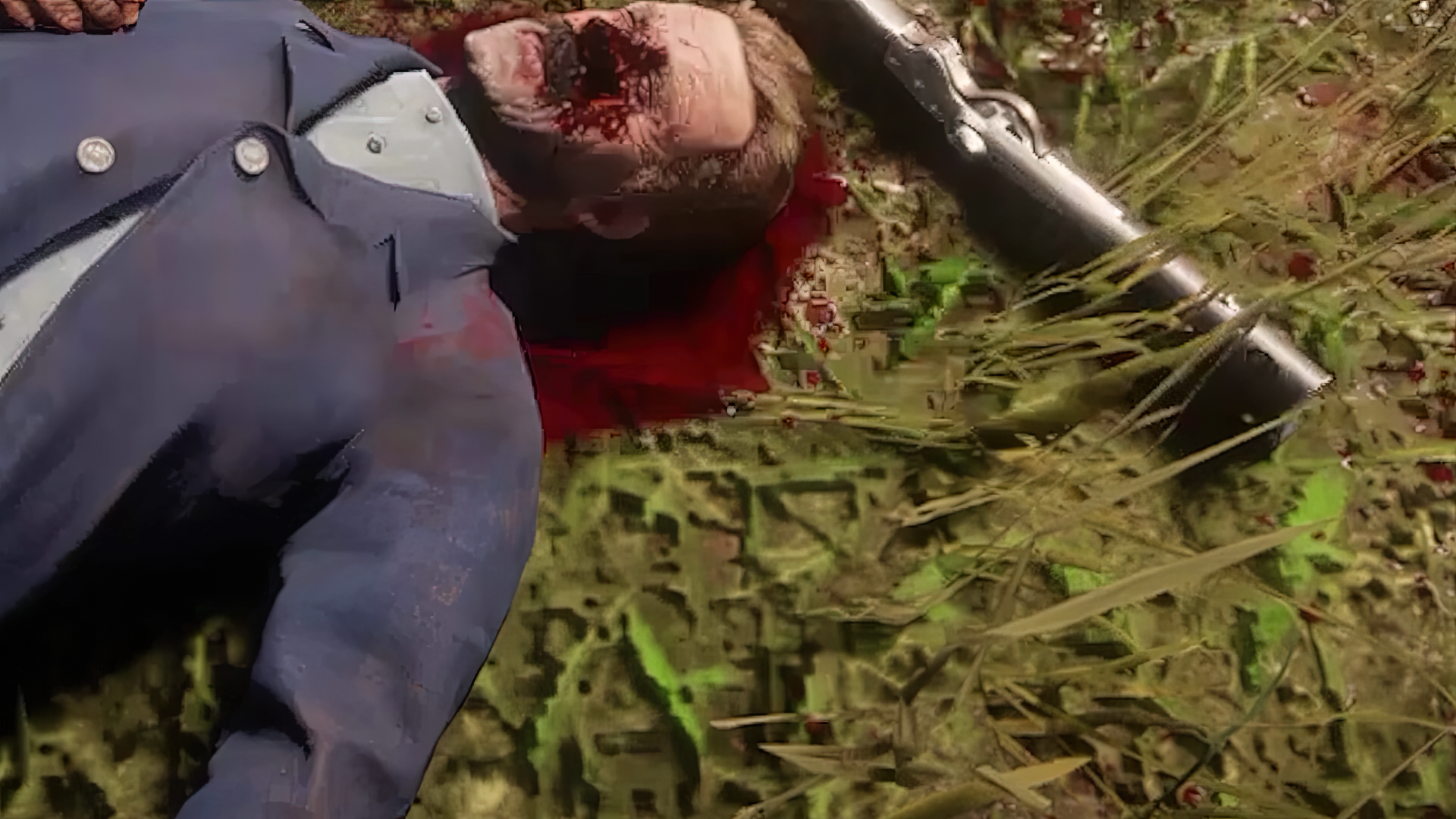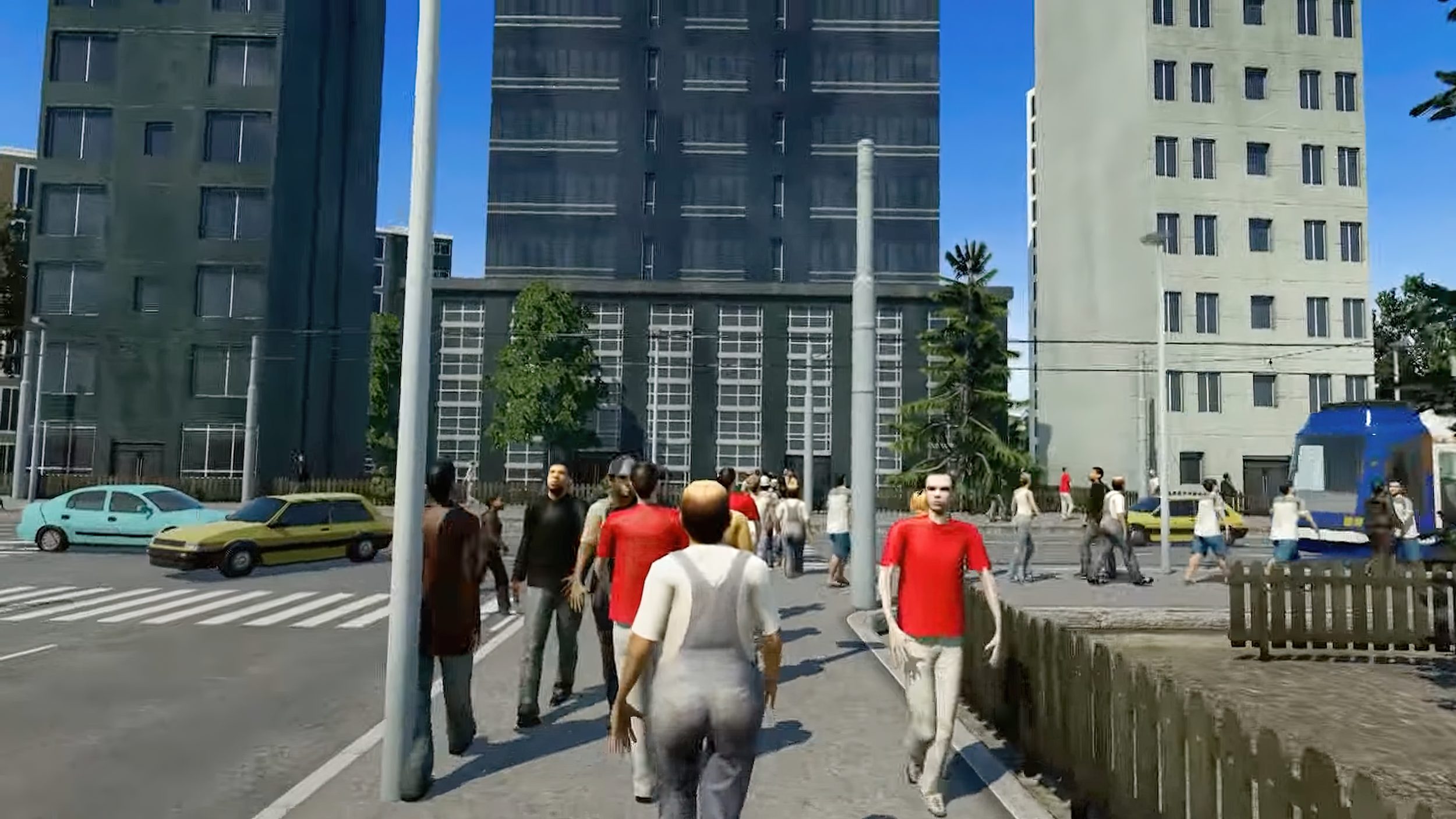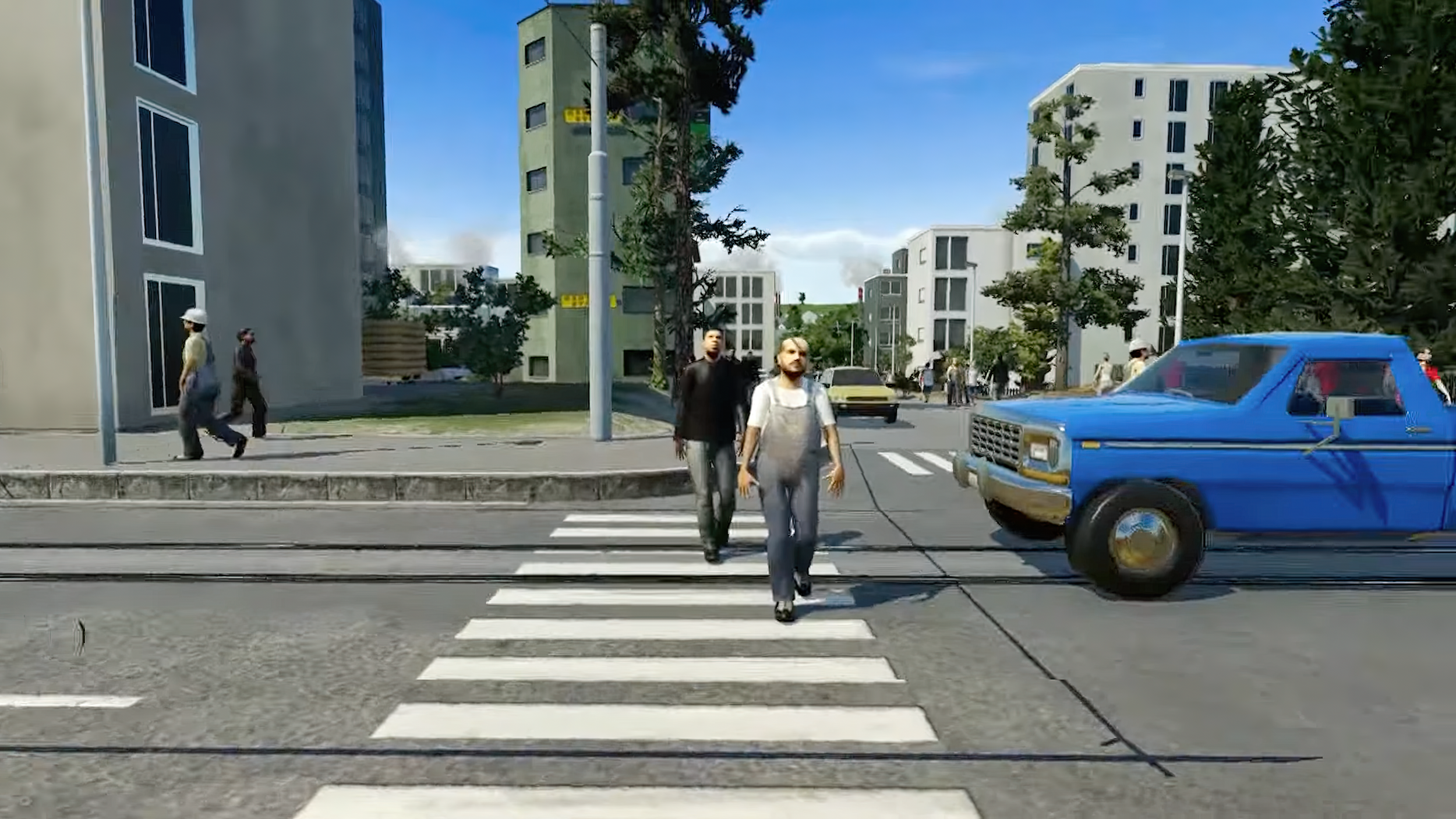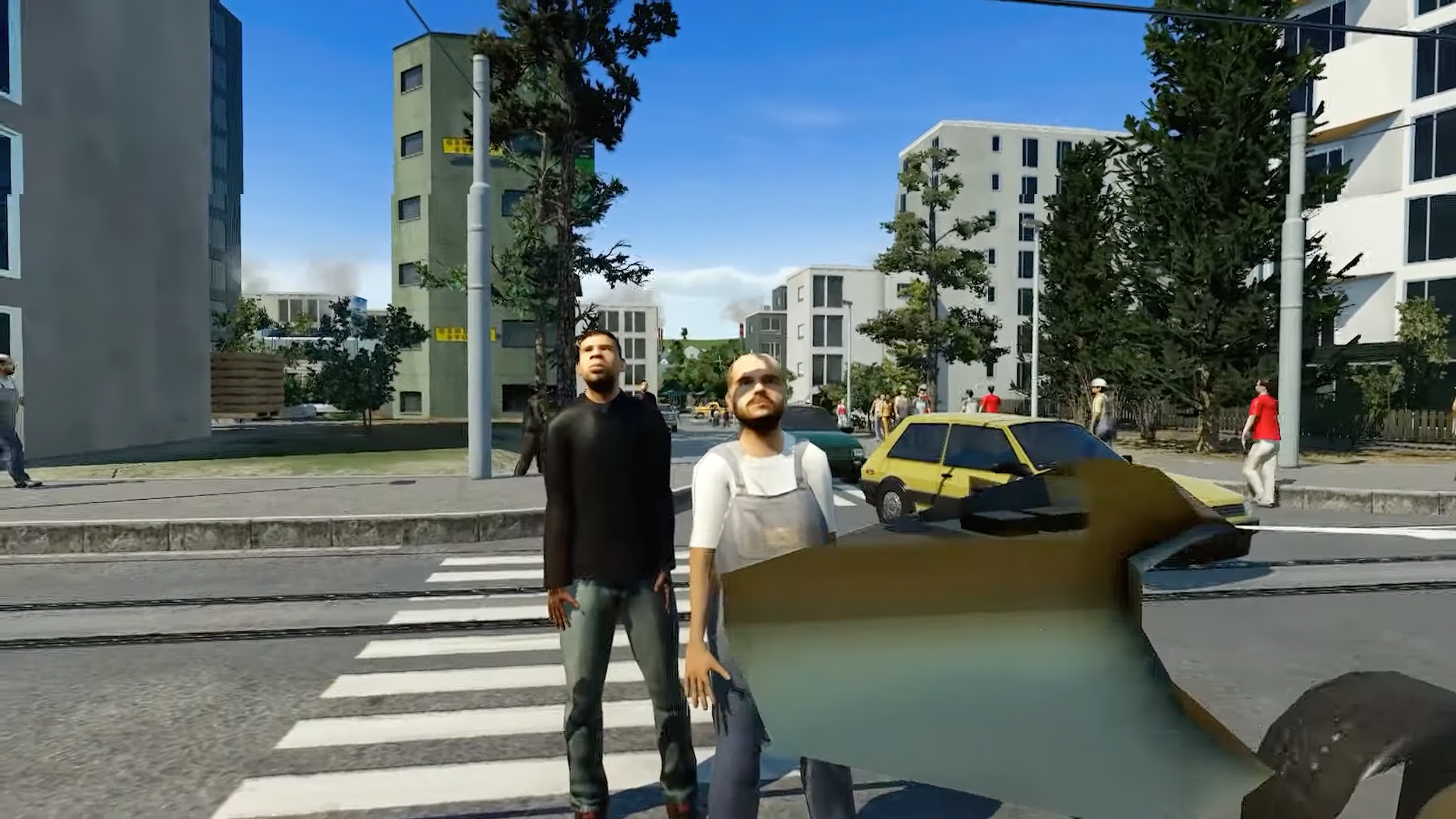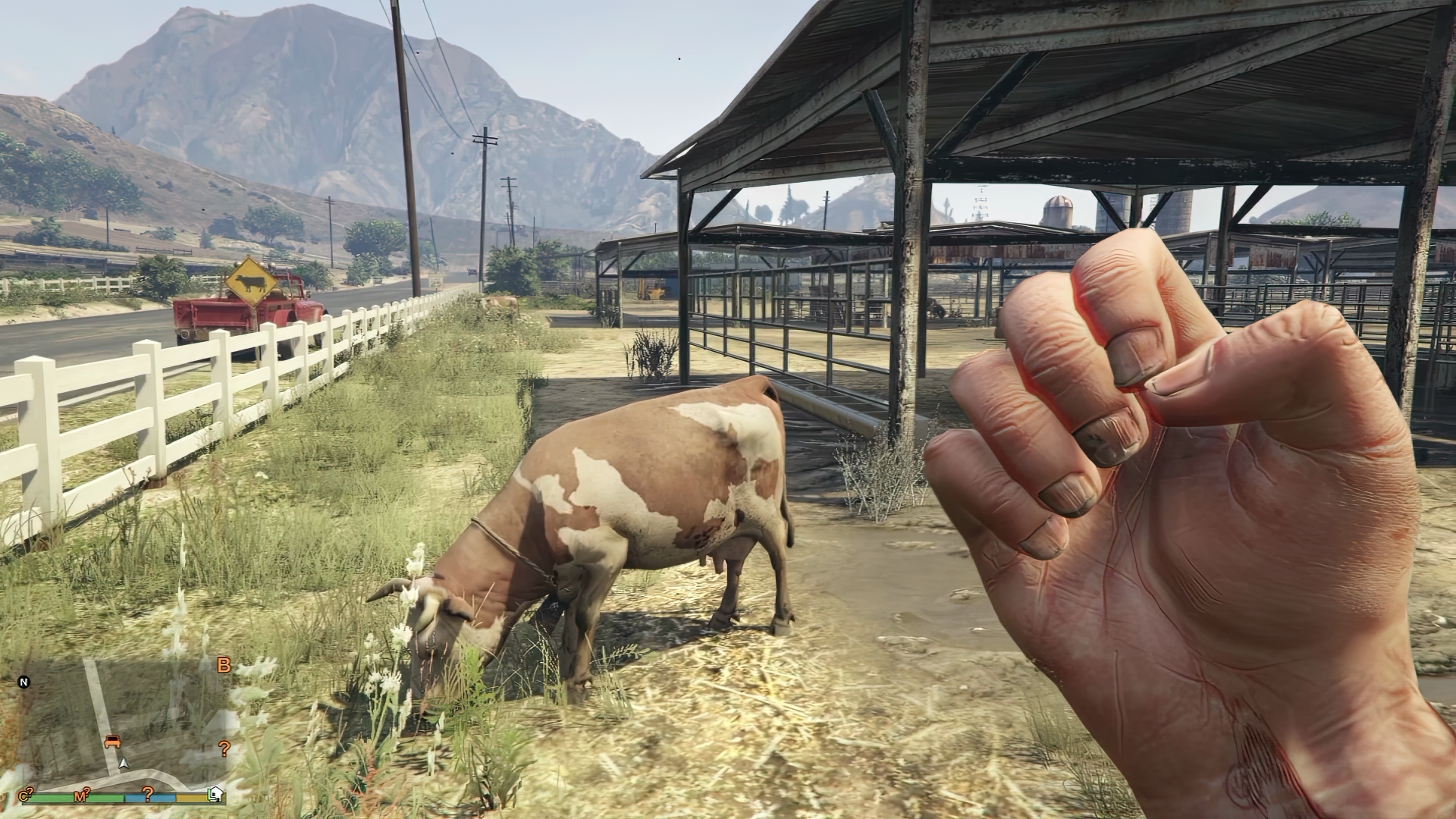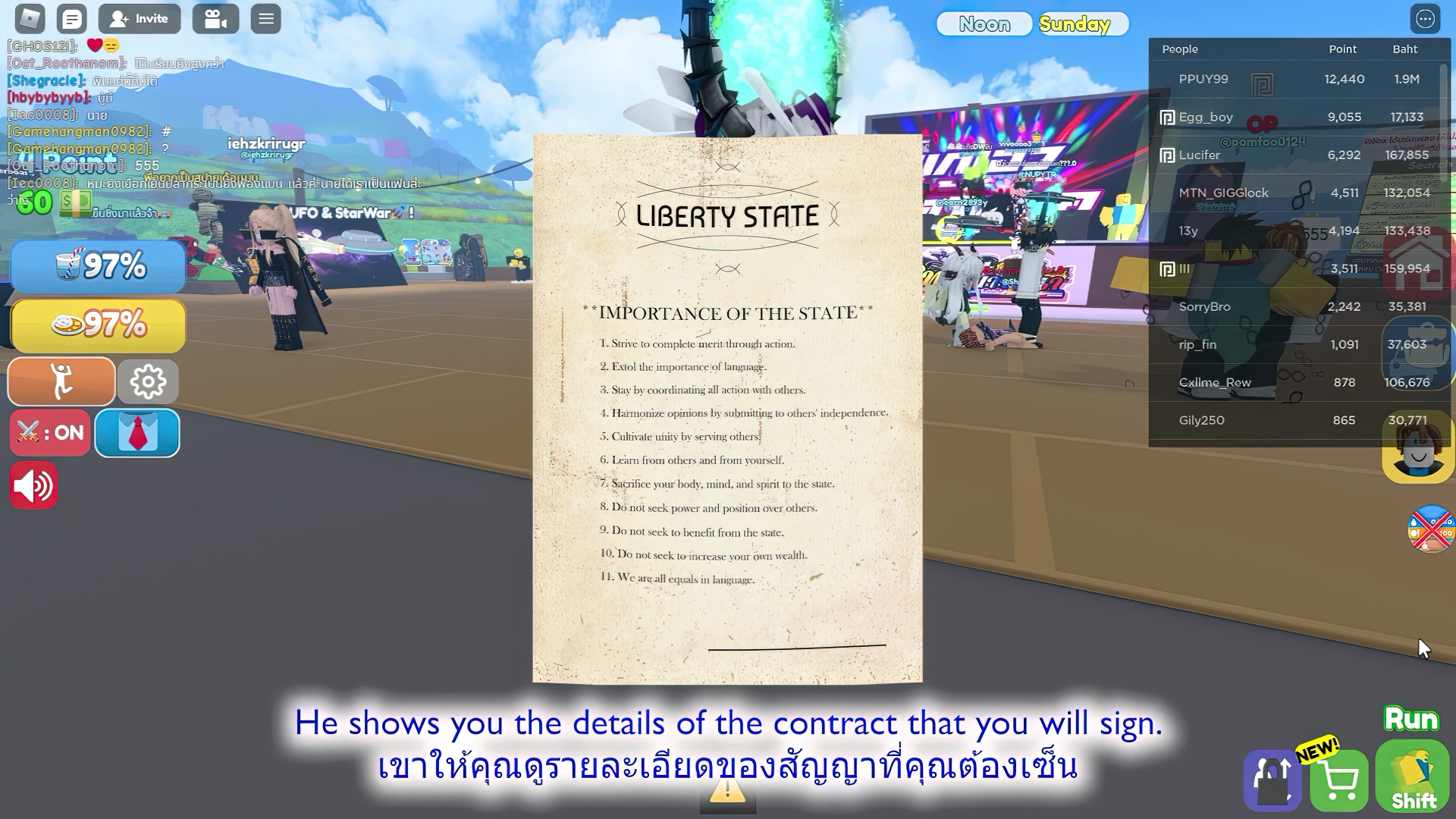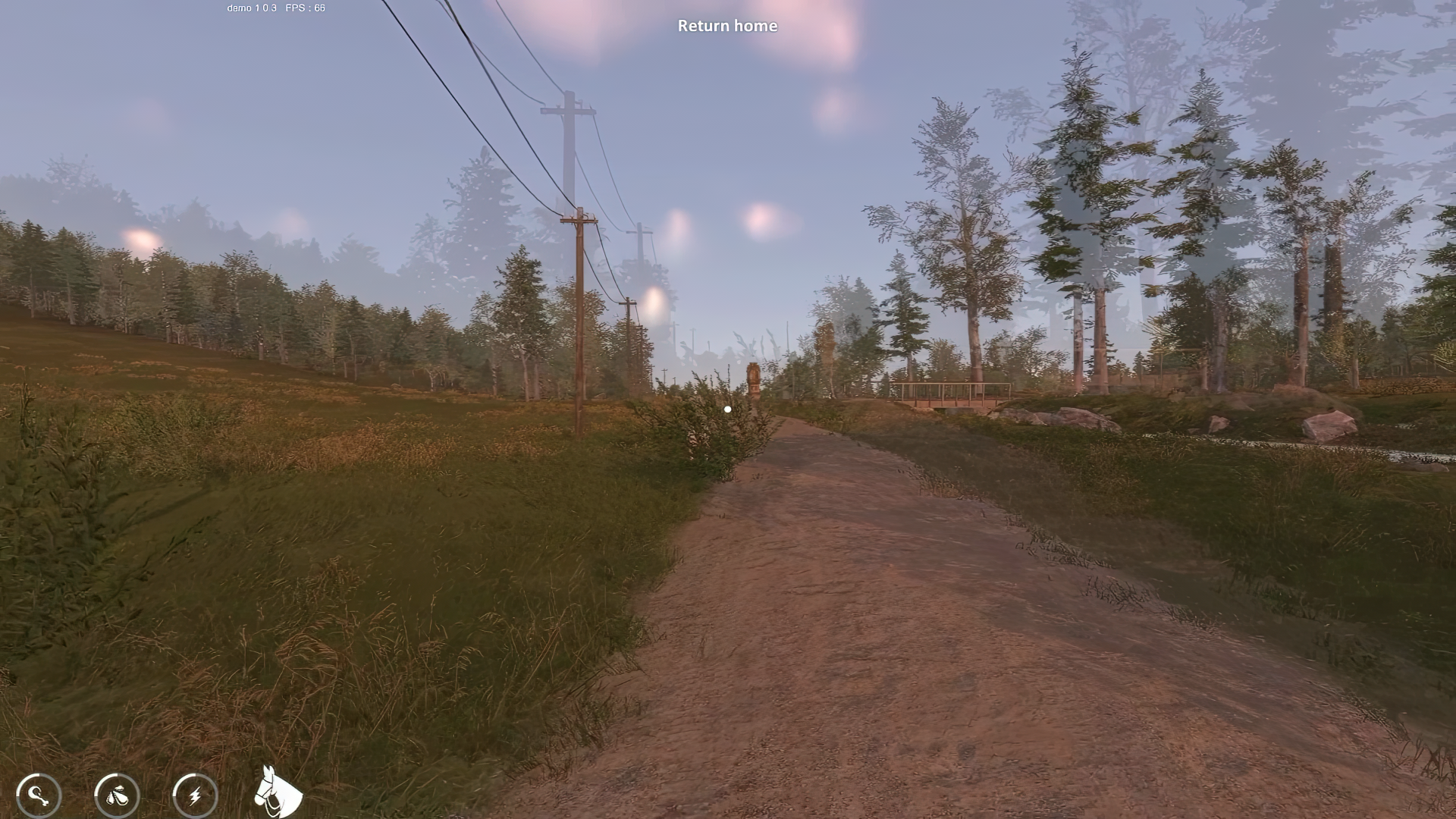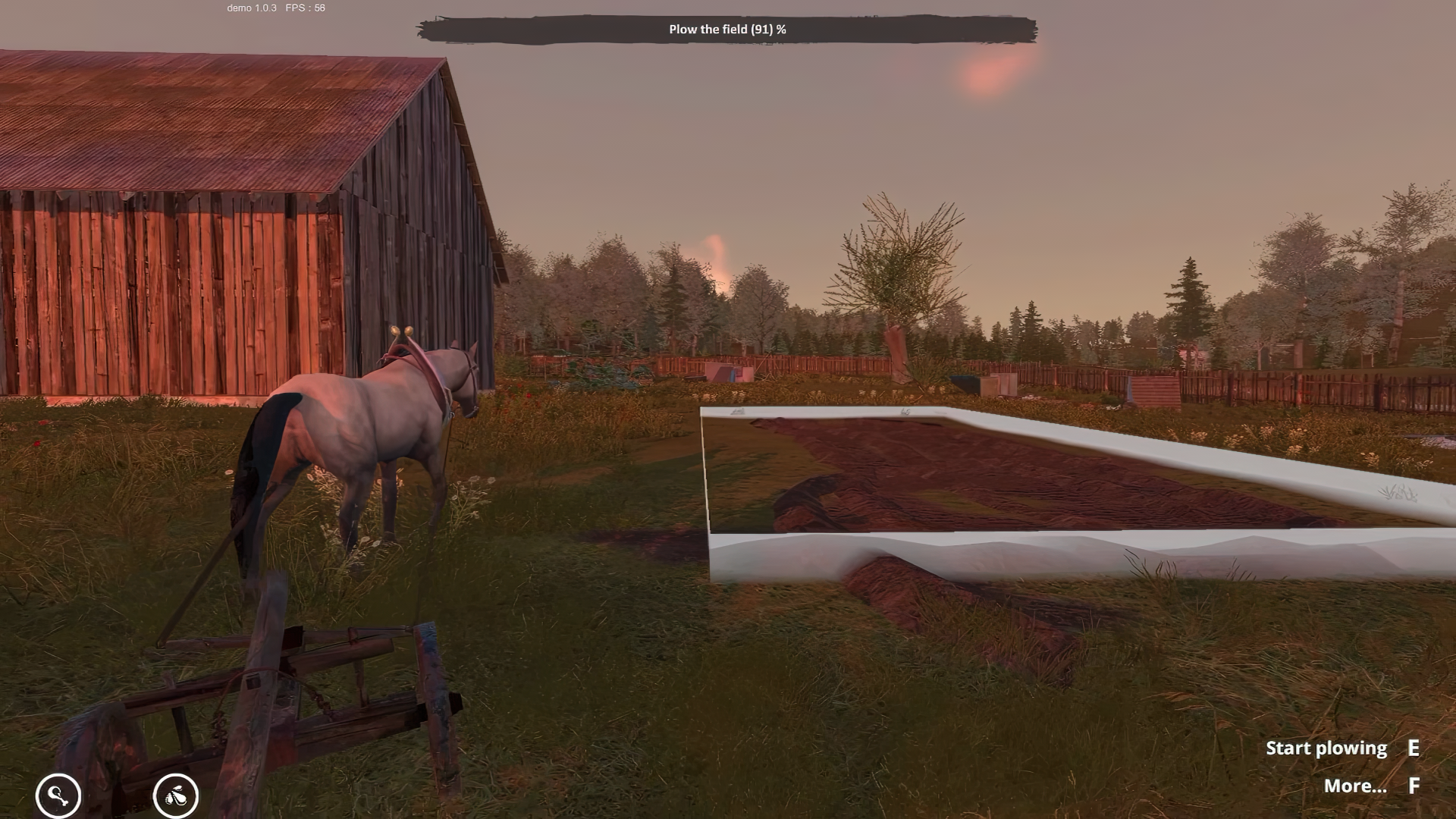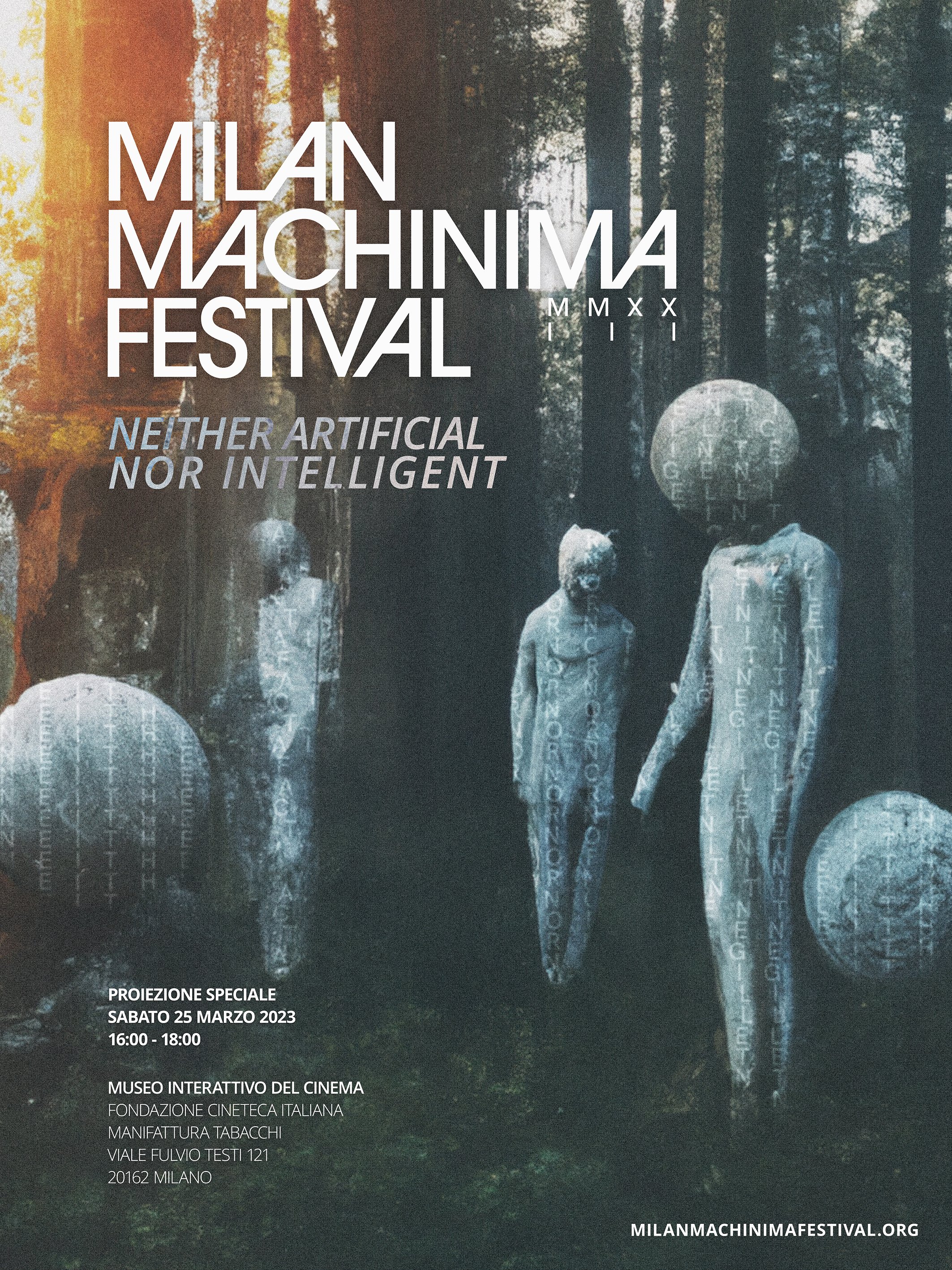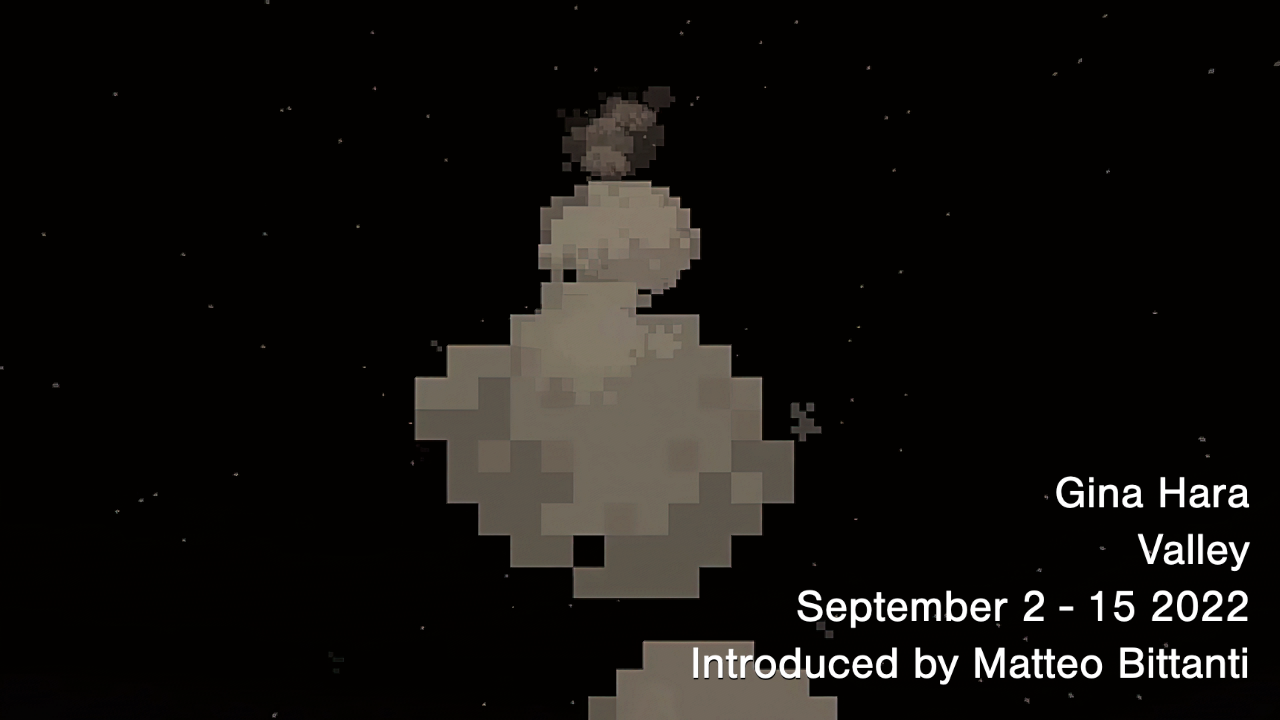The Milan Machinima Festival is excited to present Lawrence Lek’s Theta as part of our Auteur’s Theory program. Join us for a special screening on March 15 2024 at IULM University.
Theta immerses viewers in the journey of a self-driving police car grappling with an existential crisis within the desolate streets of SimBeijing, an abandoned smart city. In the absence of its intended purpose and under relentless scrutiny, Theta seeks solace in conversations with its integrated therapist, a self-help AI named Guanyin. However, the seemingly deserted SimBeijing, originally conceived as a duplicate of the Chinese capital for autonomous vehicle trials, harbors secrets that are gradually uncovered. As Theta confides in Guanyin, the narrative unveils the grim realities that led to the city's abandonment. This stunning work is a continuation of Lawrence Lek’s Sinofuturist universe, delving into themes of identity, surveillance, and empathy within the technological age.
Lawrence Lek, based in London, is an artist, filmmaker, and musician renowned for his innovative use of video game engines, simulation, and architecture. He employs worldbuilding as a method of collage, blending elements from physical and digital realms to weave narratives around alternate histories and potential futures. Lek initiated his cinematic universe with the groundbreaking video essay “Sinofuturism (1839–2046 AD)” in 2016, where he examines the intricate relationship between geopolitics and technology. This narrative envisions a future that merges China and its diaspora with the concept of artificial intelligence, pondering on how these forces shape our understanding of the world. Through his work, Lek speculates on granting agency to marginalized entities: in Geomancer (2017), a satellite dreams of artistic creation, while AIDOL (2019) explores the dynamics between a declining pop star and an ambitious AI songwriter. His creations challenge viewers to reflect on the impending contradictions between natural and artificial life, erasing geographical and existential boundaries. Lek extends his artistic expression through composing soundtracks and performing live audio-visual mixes that accompany his films and open-world games, such as 2065 (ongoing since 2018) and Nøtel"(a collaboration with Kode9, ongoing since 2015). Notable soundtrack releases include Temple OST (The Vinyl Factory, 2020) and AIDOL OST (Hyperdub, 2020). His work has been showcased in solo exhibitions across prestigious venues, including Ghostwriter at CCA Prague (2019), Farsight Freeport at HeK, Basel (2019), Nøtel at UKR, Essen (2019), AIDOL at Sadie Coles HQ, London (2019), and 2065 at K11, Hong Kong (2018). His work Unreal Estate (The Royal Academy is Yours) was presented in the context of GAME VIDEO/ART. A SURVEY at IULM University in 2016.
Read more about the 7th edition of the Milan Machinima Festival


